How to Make Fully Dissolvable Tablets
Tablets are one of the most convenient dosage forms, but nothing is more frustrating than a tablet that refuses to dissolve properly. Whether you're making supplements, cleaning tablets, or any other dissolvable product, achieving full dissolution is key to effectiveness and customer satisfaction.
I’ve seen plenty of tablet formulations that look great on paper but fail when it comes to real-world performance. One client once came to us with a tablet that took over 30 minutes to break down—far too long for its intended use! The issue? A poor choice of binders and lubricants.
If you want your tablets to dissolve quickly and efficiently, you need the right formulation strategy. Let’s break down the science and practical steps to ensure your tablets dissolve exactly as intended.
Why Full Dissolution Matters
Before jumping into formulation, let’s look at why dissolution is so critical:
1. Effectiveness & Bioavailability
If your tablet contains an active ingredient—whether it’s a cleaning agent, plant nutrient, or dietary supplement—it needs to dissolve properly for absorption or dispersion. A poorly dissolving tablet means less effectiveness and wasted ingredients.
2. Customer Experience
Nobody likes a tablet that lingers in their mouth, leaves residue, or doesn’t work as expected. If your tablet doesn’t fully dissolve, it could lead to complaints, refunds, and poor brand reputation.
3. Compliance with Industry Standards
Many industries have strict dissolution requirements. If you’re in nutraceuticals or any regulated industry, meeting USP (United States Pharmacopeia) dissolution standards is a must.
Now that we understand why dissolution is important, let’s look at how to achieve it.
Key Factors That Affect Tablet Dissolution
Dissolution isn’t just about throwing ingredients together—it’s a delicate balance of excipients, processing, and tablet design. Here are the main factors that influence how well a tablet dissolves:
1. Choice of Excipients
Excipients—everything in the tablet besides the active ingredient—play a huge role in dissolution. Some excipients help a tablet dissolve faster, while others can slow it down.
Binders: The Glue That Holds It Together
Binders are essential to keep tablets from falling apart too soon. However, using too strong of a binder can prevent dissolution.
Best binders for dissolvable tablets:
- Povidone (PVP) – Water-soluble and great for immediate release.
- Hydroxypropyl methylcellulose (HPMC) – Breaks down easily in water.
Avoid hydrophobic binders like ethylcellulose, which can slow dissolution.
Fillers: What Makes Up the Bulk
Fillers add weight and size to the tablet. The right choice ensures even distribution and proper dissolution.
Best dissolvable fillers:
- Lactose – A commonly used water-soluble filler that dissolves easily.
- Dextrates – Highly soluble and provides uniform tablet consistency.
- Mannitol – Dissolves smoothly and improves mouthfeel.
Avoid insoluble fillers like dicalcium phosphate if you want rapid dissolution.
Disintegrants: The Key to Quick Breakdowns
Disintegrants help the tablet break apart when it contacts liquid.
Best fast-acting disintegrants:
- Croscarmellose sodium – Creates channels for water penetration.
- Sodium starch glycolate – Expands to break the tablet apart.
- Crospovidone – Rapidly swells, forcing tablet disintegration.
2. Tablet Hardness & Compression Force
Too much compression results in rock-hard tablets that take forever to dissolve. On the flip side, too little compression means weak tablets that crumble prematurely.
The right balance:
- Lower compression forces (5-10 kN) for fast-dissolving tablets.
- Higher forces (10-20 kN) for extended-release tablets.
When a customer approached us with complaints that their effervescent tablet left residue, we found that they were over-compressing their tablets, making them too dense to dissolve efficiently. A simple adjustment in compression force fixed the problem.
3. Lubricants: Avoid the Common Pitfall
Lubricants reduce friction during tablet production, but they can also create a water-resistant barrier.
Best lubricants for full dissolution:
- Sodium stearyl fumarate – Water-soluble alternative to magnesium stearate.
- Stearic acid (used in minimal amounts) – Reduces sticking without major dissolution issues.
Avoid excessive magnesium stearate—it’s hydrophobic and can slow down dissolution. If you must use it, keep it under 1%.
Additional Benefits of Fully Dissolvable Tablets
1. Faster Absorption for Better Results
A properly dissolving tablet ensures that active ingredients reach the body or intended application site quickly, maximizing their effect and efficiency.
2. Improved User Experience
Customers prefer tablets that dissolve easily without leaving a gritty texture or residue. A well-formulated dissolvable tablet enhances satisfaction and repeat purchases.
3. Greater Versatility in Formulation
By using optimized excipients such as dextrose and dextrates, you can create tablets that not only dissolve faster but also taste better and work effectively in various applications, from nutraceuticals to cleaning products.
4. Compliance with Industry Regulations
Achieving full dissolution ensures your product meets USP standards and other regulatory requirements, helping you avoid compliance issues and ensuring market acceptance.
How BuildaPill Can Help You Make Fully Dissolvable Tablets
If you're struggling to get your tablets to dissolve properly, BuildaPill offers pre-mixed excipient solutions designed for fast and complete dissolution.
We also provide:
Expert consultation on formulation challenges
High-quality excipients that improve solubility
Custom R&D services for unique tablet needs
Final Thoughts
Making fully dissolvable tablets isn't just about mixing ingredients—it's about using the right excipients, compression techniques, and dissolution testing.
If you're working on a tablet formulation and want to ensure it dissolves perfectly, reach out to BuildaPill for high-performance excipients and expert guidance.
Have questions? Contact us today and let’s optimize your formulation!

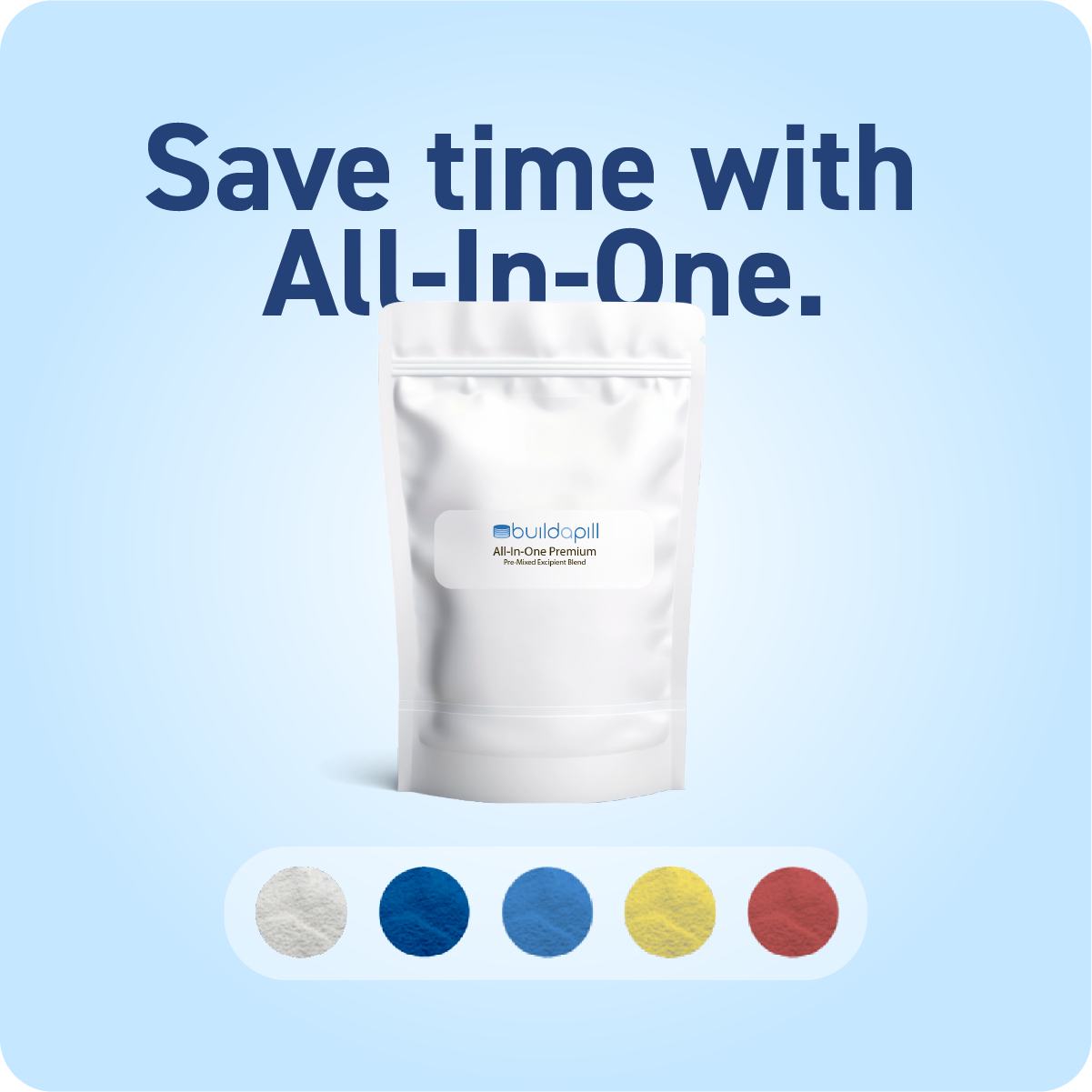
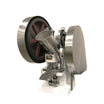
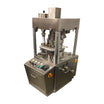
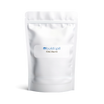
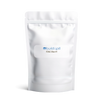
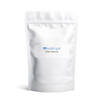
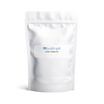
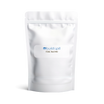
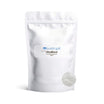
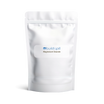
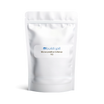
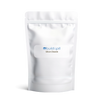
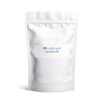
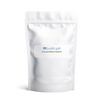
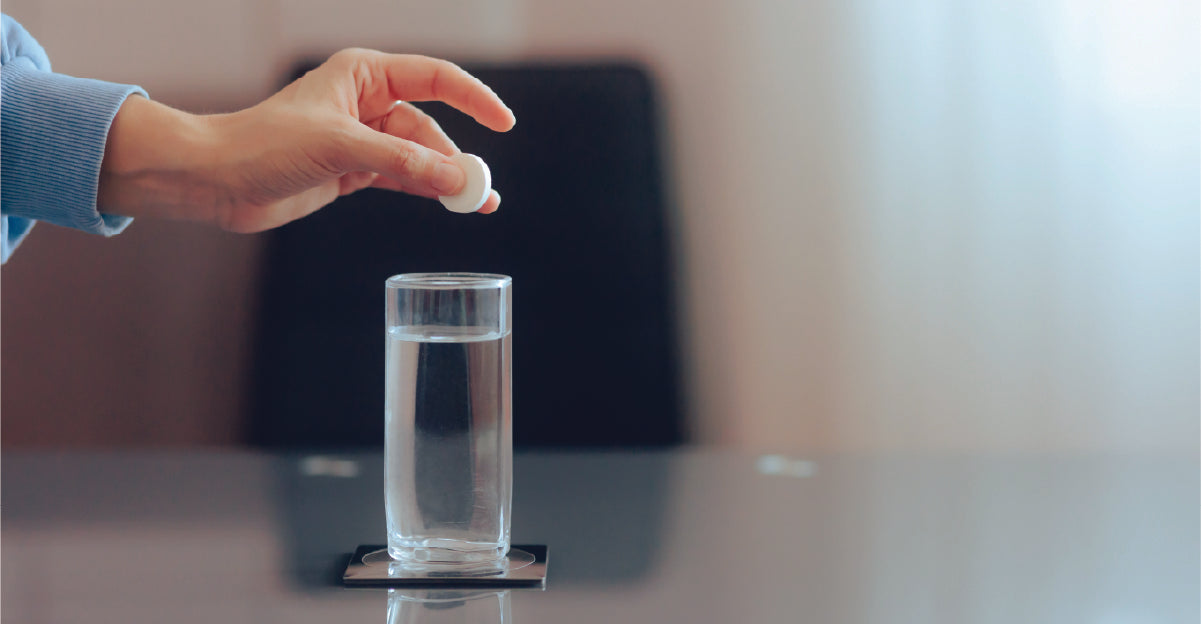
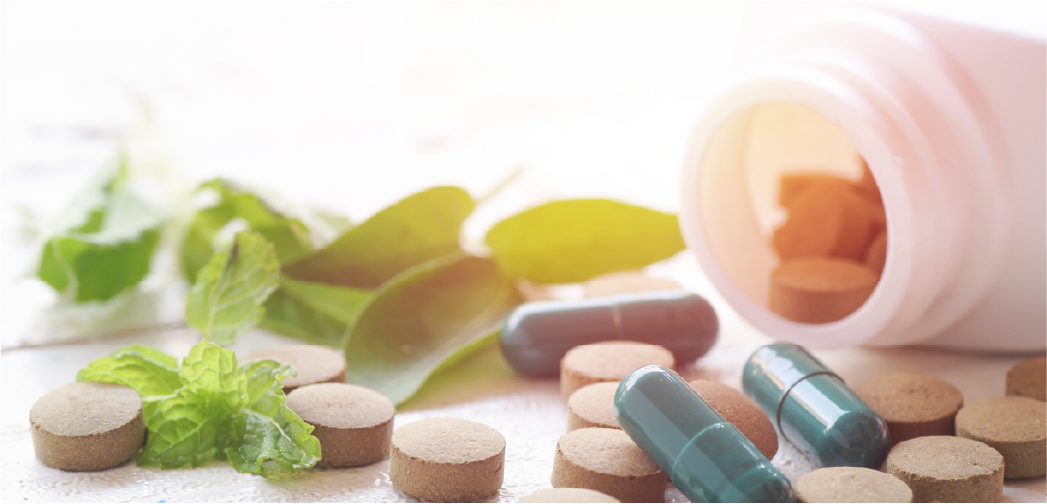
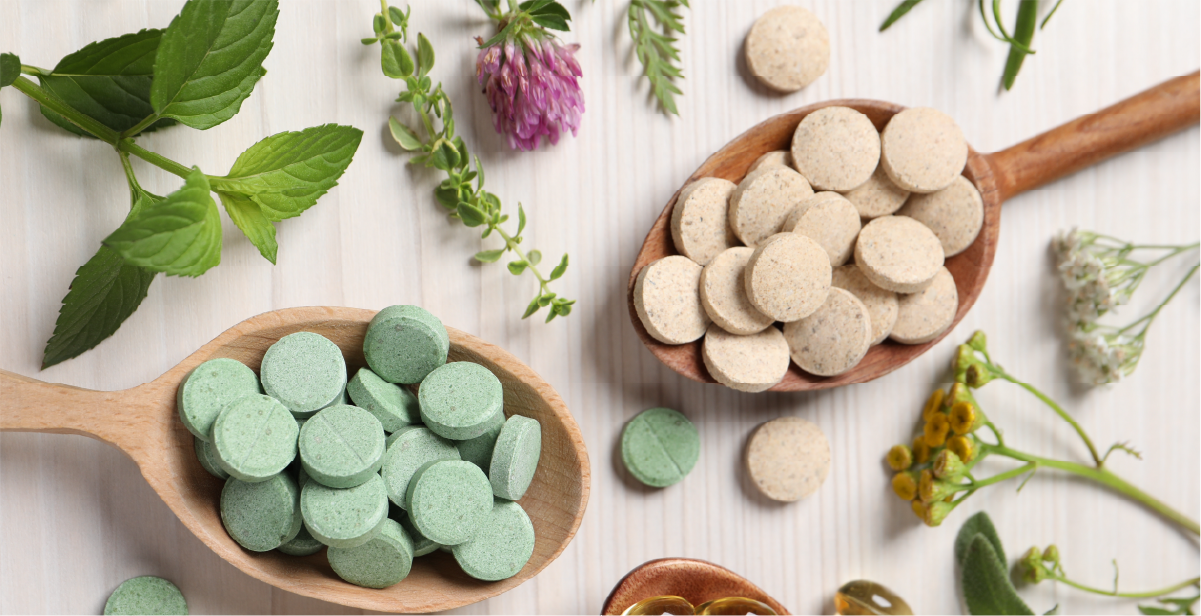
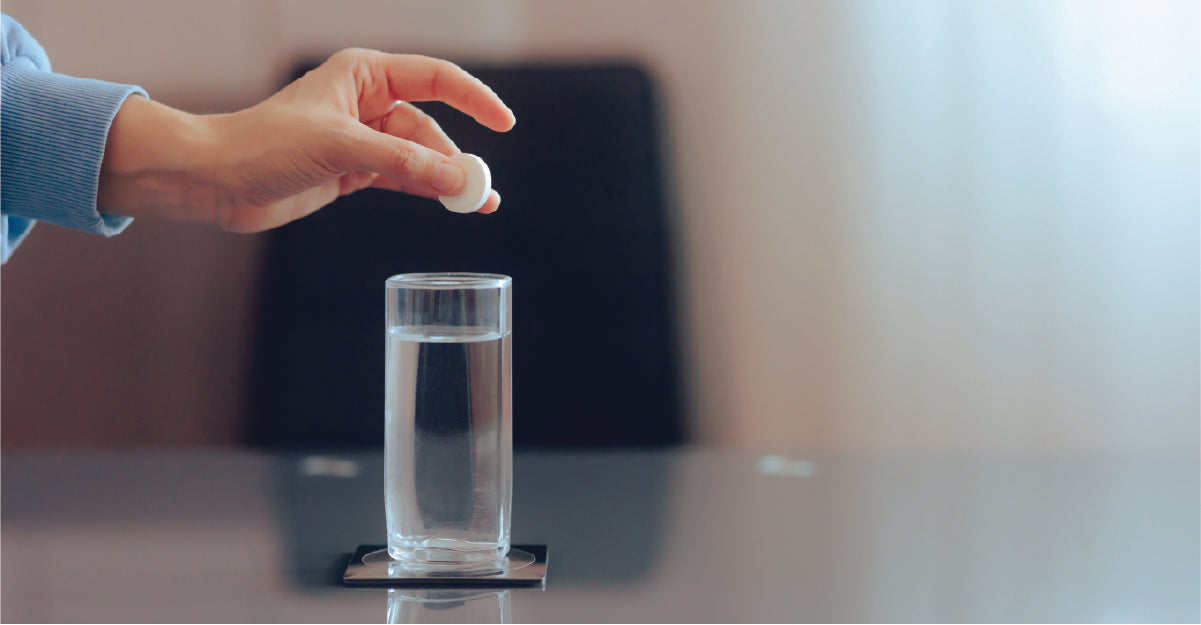

Leave a comment
This site is protected by hCaptcha and the hCaptcha Privacy Policy and Terms of Service apply.